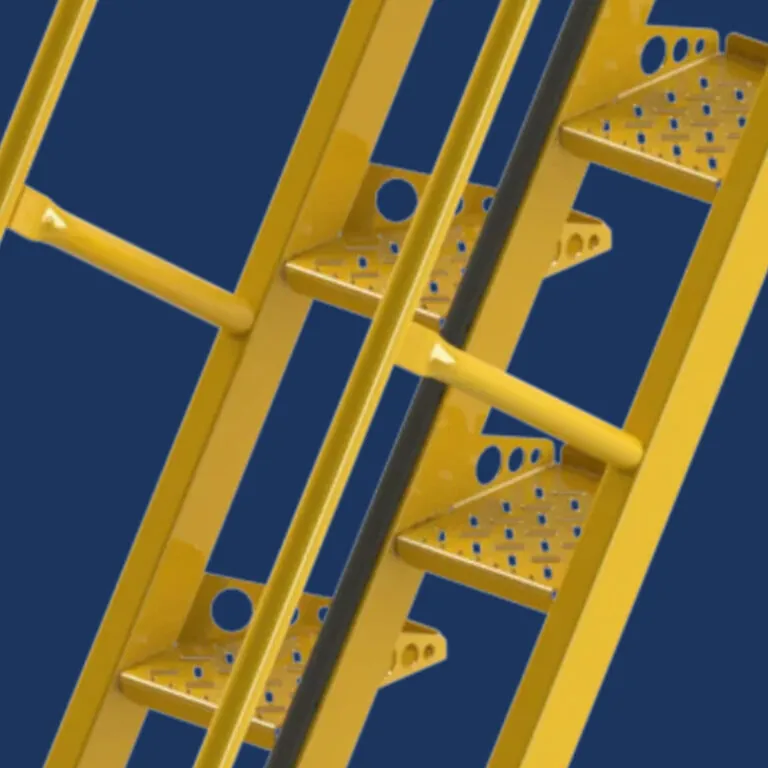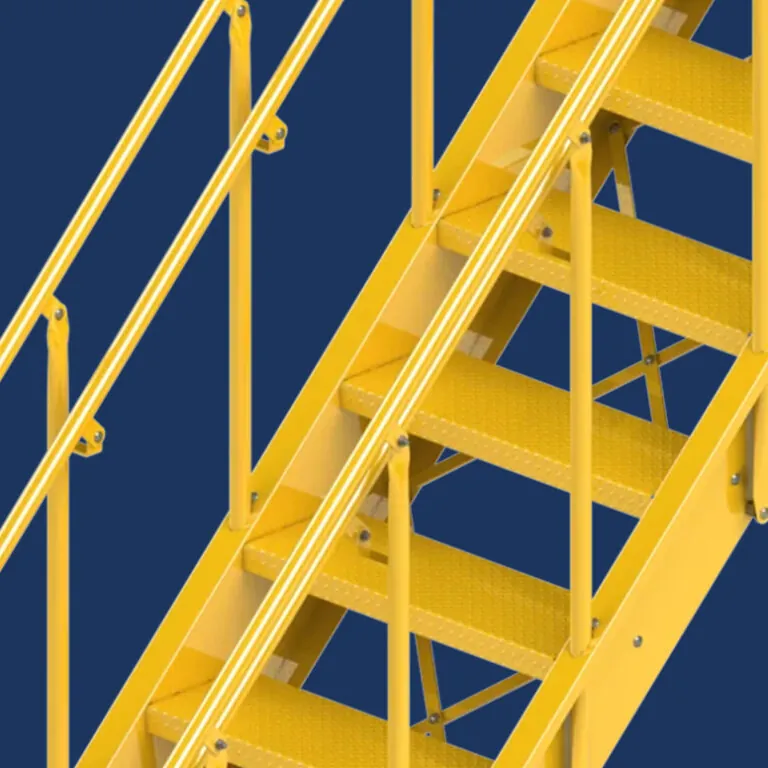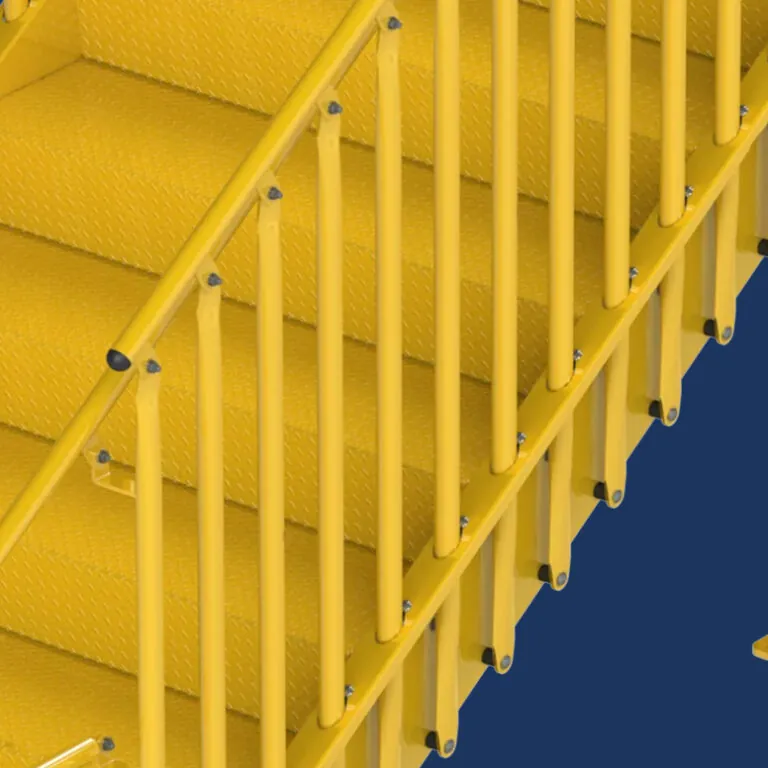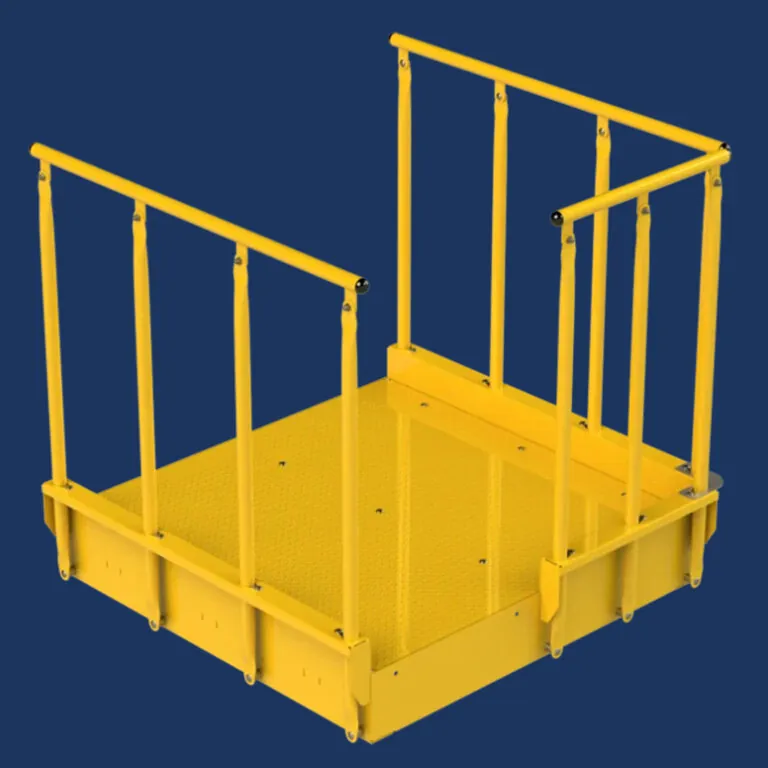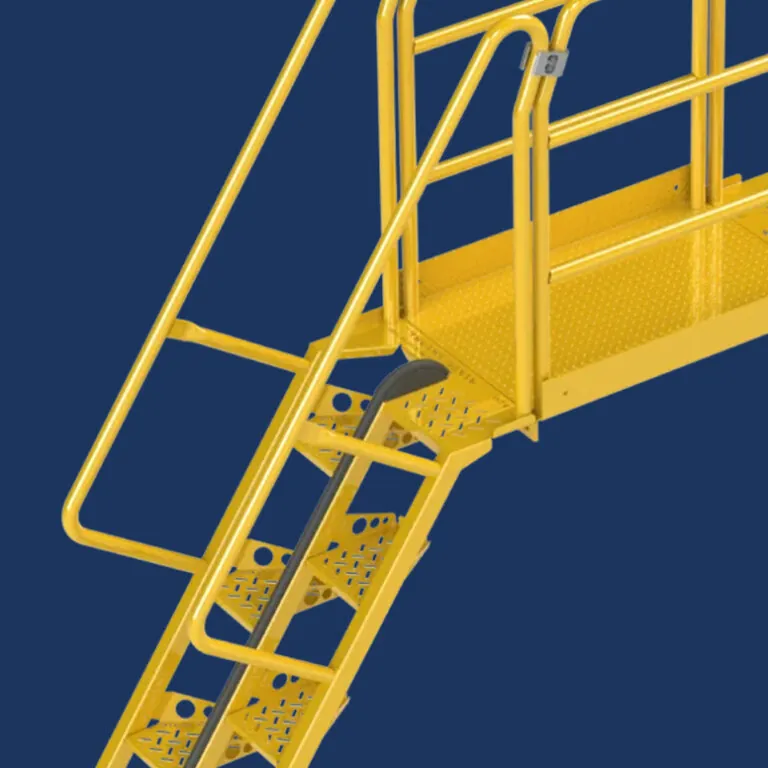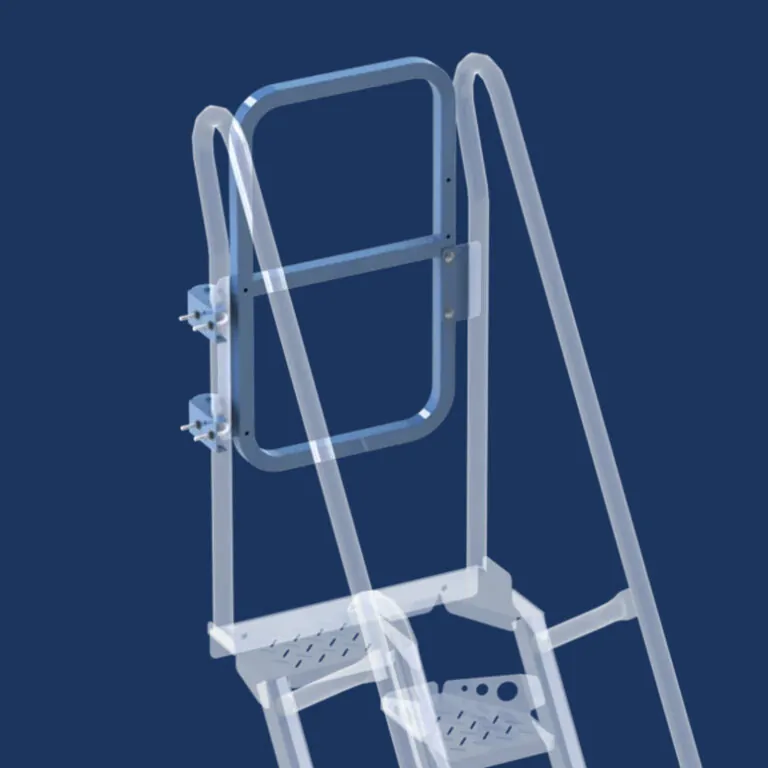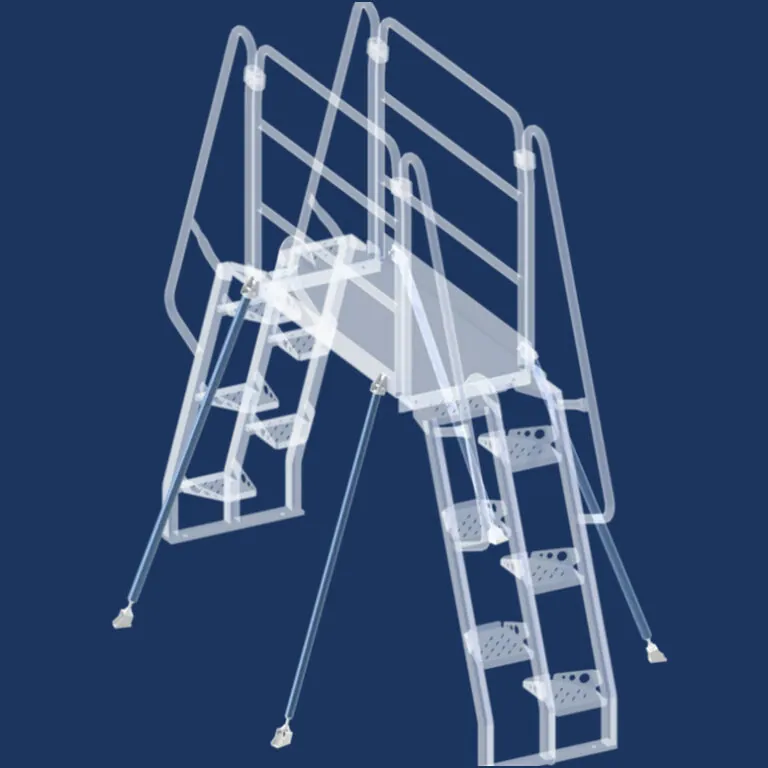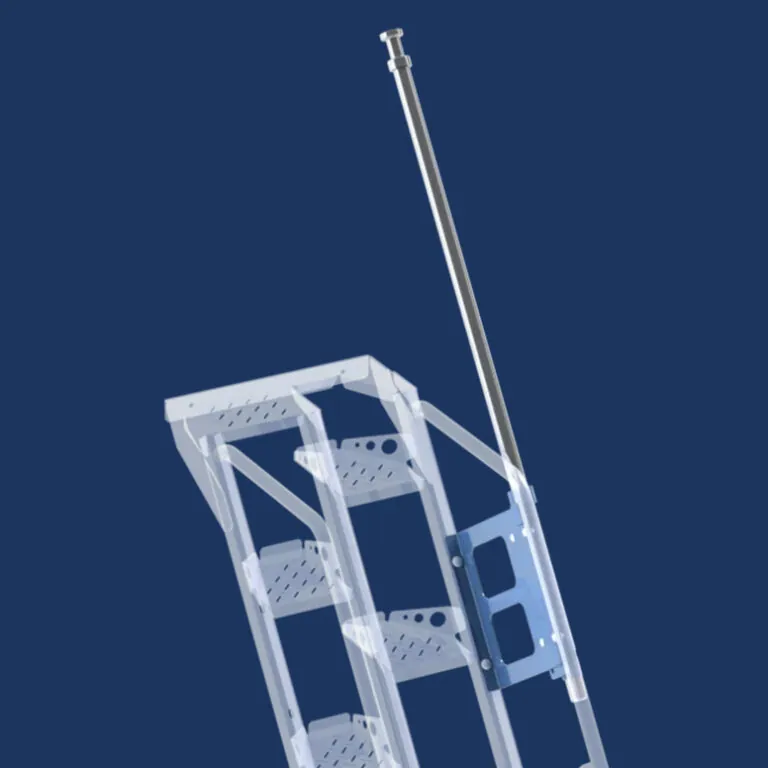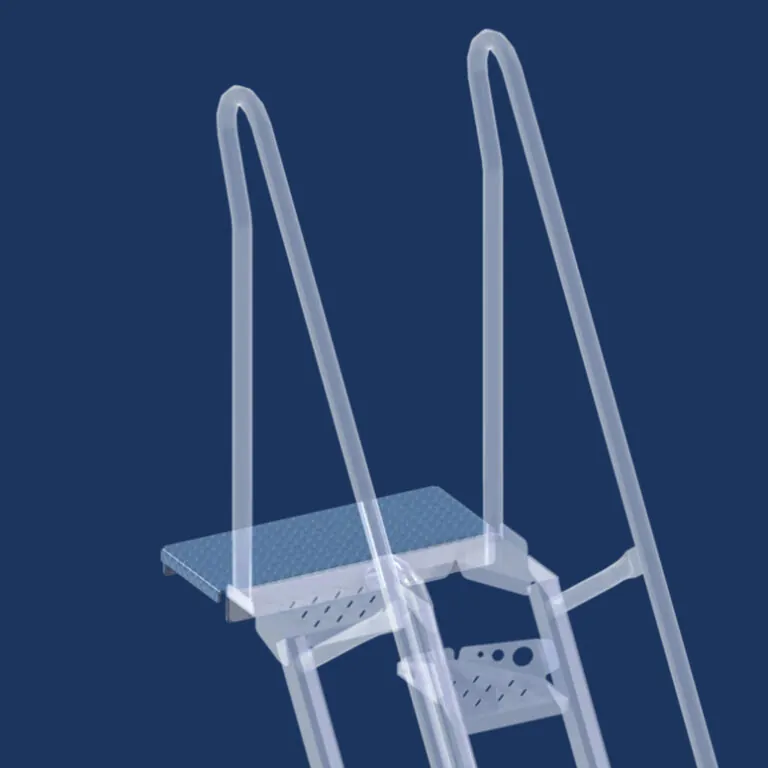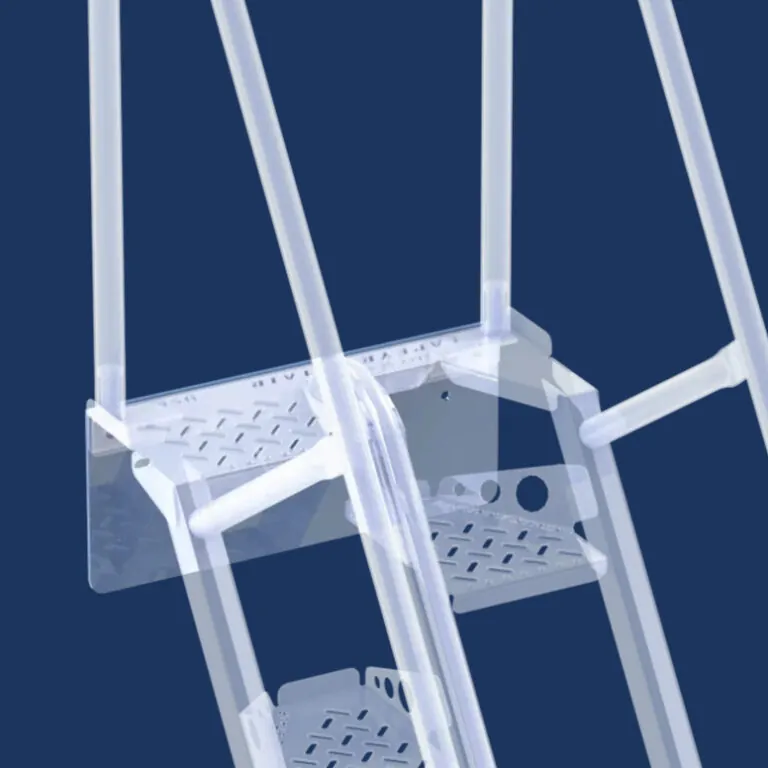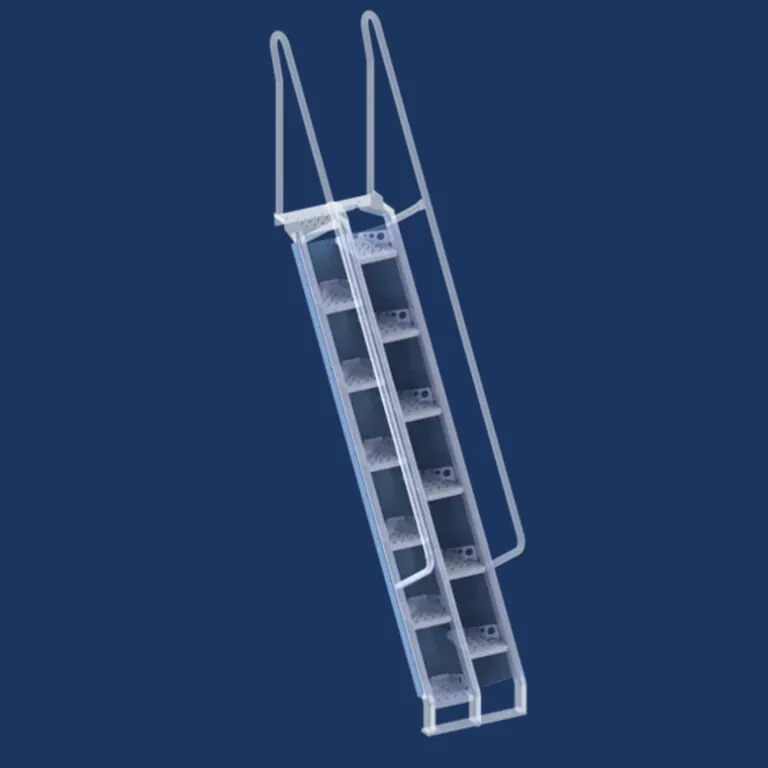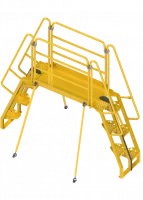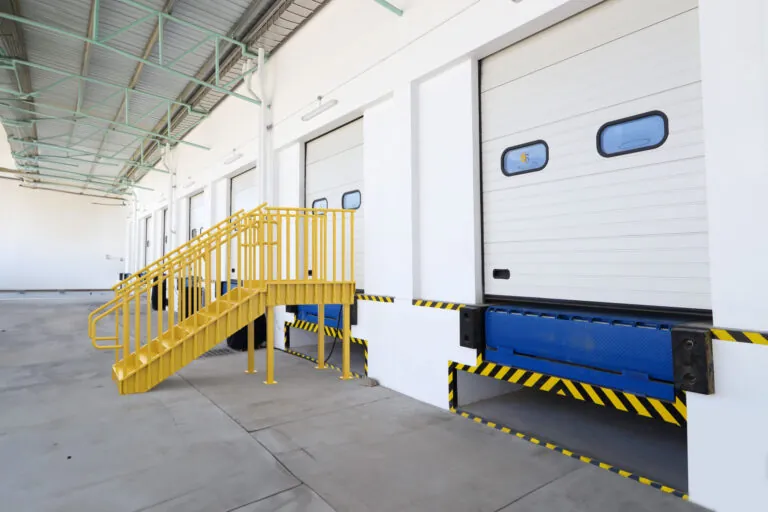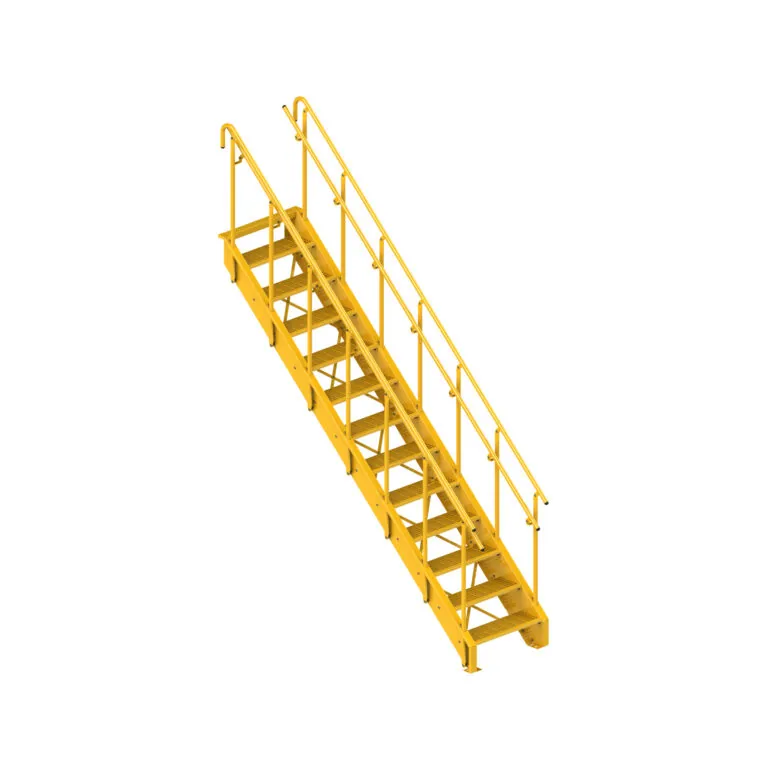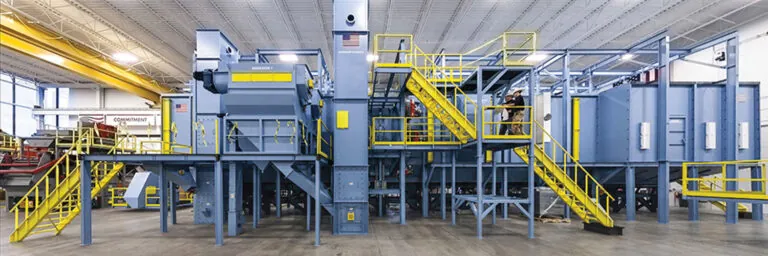Often, we have different words for the same thing. For example, the motorized machine you drive down the road can be referred to as a car or an automobile. Likewise, the things you use to eat with can be called both utensils and silverware. Most of the time, what you call something doesn’t make a big difference. However, that’s not the case when you use equipment platform vs mezzanine to refer to an intermediate elevated area of a warehouse or building.
Why you must avoid confusing mezzanines and industrial work platforms
In industrial and commercial settings, the terms mezzanine and industrial work platform are often used interchangeably. But whether you call a structure a mezzanine or an equipment platform can have big implications when it comes to the ease of getting building permits, as well as construction costs. The impact on taxes and depreciation will also vary depending on the term used.
What is an equipment platform?
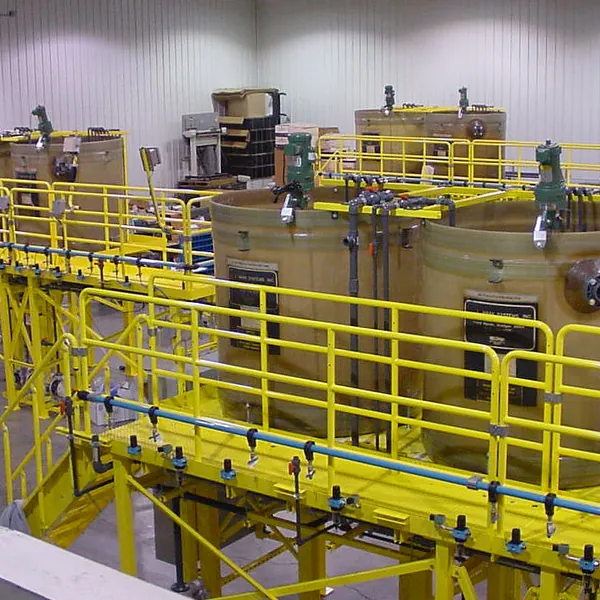 An equipment platform is an unoccupied, elevated platform used exclusively to store and provide access to mechanical systems or industrial equipment. The stairs, elevated walkways, alternating tread devices, and ladders used to access the space are also considered a part of the equipment platform.
An equipment platform is an unoccupied, elevated platform used exclusively to store and provide access to mechanical systems or industrial equipment. The stairs, elevated walkways, alternating tread devices, and ladders used to access the space are also considered a part of the equipment platform.
IBC section 505.3 defines the requirements for equipment platforms. An equipment platform is not considered as a portion of the floor below and do not contribute to the building area or the number of stories in the building. The area of the equipment platform is not included in determining the fire area and the walkways, stairways, alternating tread devices and ladders providing access to an equipment platform do not serve as part of the means of egress from the building.
What is the difference between an equipment platform and mezzanine?
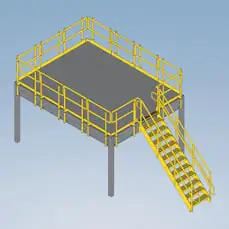 The main difference between an equipment platform and a mezzanine is whether the structure is considered a part of the building or not. The International Building Code defines a mezzanine in section 505.2 as a portion of the story below. An equipment platform is not considered a portion of the floor below.
The main difference between an equipment platform and a mezzanine is whether the structure is considered a part of the building or not. The International Building Code defines a mezzanine in section 505.2 as a portion of the story below. An equipment platform is not considered a portion of the floor below.
What is a mezzanine? A mezzanine is typically defined as a permanent intermediate level within a building that is part of its physical structure, such as a balcony in an auditorium or theater. The balcony or mezzanine level is normally built into the structure during the construction of the building. A mezzanine is open to the rest of the area but does not cover the entire floor area.
Modular steel mezzanines are commonly used for industrial workspaces and production areas to increase the floor area without adding-on to the building. Industrial mezzanines almost always integrate industrial mezzanine stairs for cost effective and easy access. The IBC defines the mezzanine stair regulations in Chapter 10 Means of Egress.
On the other hand, an equipment platform is not considered a permanent part of the building but is freestanding. It can be added after the building has been constructed. It can also be removed without impacting the structure of the building. Equipment platforms are unoccupied spaces within the building, used exclusively for mechanical systems or equipment.
The chart and information below further explains the differences between mezzanines and equipment platforms.
Equipment platform vs mezzanine comparison
| Comparison | Equipment Platform | Mezzanine |
| Permanent structure | No | Yes |
| Size limitations | 2/3 floor space below | 1/3 floor space below |
| Fire area calculation | Not included | Included |
| Egress requirements | Cannot be part of building’s means of egress | Required |
| Building permit approval | Less stringent | More stringent |
| Additional construction costs | None | Possible |
| Depreciation and tax benefits | 7 years, higher | 31 years, lower |
1. Equipment platform vs mezzanine size limitations
According to the International building code (IBC), the area of the mezzanine can be no larger than 1/3 of the overall floor space below it. A building area can have more than one mezzanine, but the total area of them still cannot exceed more than 1/3 of the total floor space. In addition, a clear height of 7 feet is required both above and below the mezzanine. Because mezzanines are regarded as part of the story below, they do not add to the building’s overall square footage or number of stories.
Equipment platforms offer double the space of mezzanines. IBC code states that they can cover up to 2/3 of the floor space below. Like mezzanines, equipment platforms do not impact the area of the building or the number of floor levels.
If a building has both an equipment platform and a mezzanine, the mezzanine can still only take up 1/3 of the floor space and the combination of the two platforms can only cover 2/3 of the space below.
2. Equipment platform or mezzanine for fire area calculations
The fire area of a building impacts the requirements for sprinklers, fire detectors and alarms. Equipment platforms are not considered as part of the building’s fire area, while mezzanines are. However, an equipment platform must have sprinkler systems above and below it if the building has an automatic sprinkler system.
3. Mezzanine vs equipment platform for egress requirements
Mezzanines are required to have a means of egress. The number of exits required is determined by the number of occupants and the travel distance required to exit. Generally, small mezzanines serving fewer than 49 occupants require only one means of egress, while larger mezzanines require two or more.
Mezzanines must be provided with stairways as part of the means of egress. For small mezzanines less than 250 square feet in area, spiral stairways and alternating tread devices are allowed. Ships ladders and permanent ladders are not allowed for egress to mezzanines.
An equipment platform cannot be a part of a mezzanine system. The platform, as well as the catwalks, stairways and ladders providing access to the platform, should not be considered part of a building’s means of egress.
4. Equipment platform or mezzanine for building permit approval
Equipment platforms generally have a much less stringent building approval process than mezzanines because fewer building code requirements are applicable. When adding a mezzanine to an existing building, a structural or building engineer is needed to study the consequences of doing so. Since a mezzanine is considered part of a building’s structure, updated building plans are also required. Local building codes can have a further impact on what is required to build the mezzanine.
5. Mezzanine vs equipment platform for additional construction costs
Since an equipment platform is not considered to be a part of the building, extra construction costs are not normally incurred when installing one. However, since a mezzanine is considered a permanent addition to a building, additional construction may be required due to building codes. In some cases, bathrooms, handicap accessibility and elevators may need to be added when a mezzanine is built, leading to higher construction costs.
6. Equipment platform or mezzanine for depreciation and tax benefits
Equipment platforms offer a distinct advantage over mezzanines in the area of depreciation and tax benefits. An industrial work platform is considered a piece of capital equipment which can be depreciated over 7 years. On the other hand, a mezzanine added with new construction will have to be depreciated over 31 years. The faster a company can write off assets, the sooner they can claim deductions on those costs for tax purposes. This lowers the company’s tax bill sooner than later.
Which is right for you, a mezzanine or equipment platform?
In many cases, the words mezzanine and equipment platform are used to refer to the same thing – an elevated area for storing equipment. However, technically they are very different.
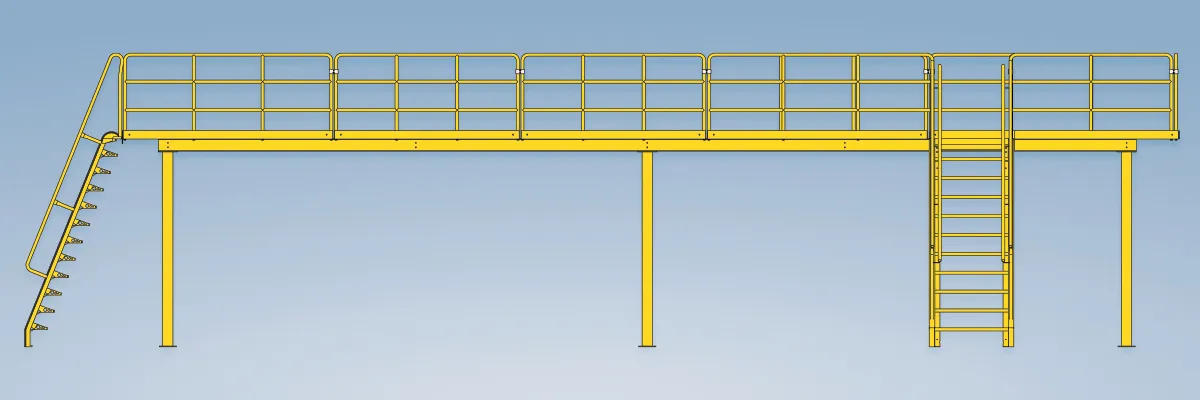
A mezzanine is a permanent structure that has a greater area limitation and requires more stringent building permit approval, additional construction costs and less depreciation and tax benefits. In contrast, an equipment platform, whether it be a custom industrial work platform or an elongated catwalk, is considered to be a piece of equipment that can provide a larger storage area, a smoother building permit process and tax benefits.
Unless you are truly building a permanent mezzanine that part of the building’s physical structure, it’s best call an elevated storage area an equipment platform rather than a mezzanine. The word choice does not impact the design of the platform or how it will be used. But the use of the word mezzanine can be costly and complicate matters unnecessarily.

